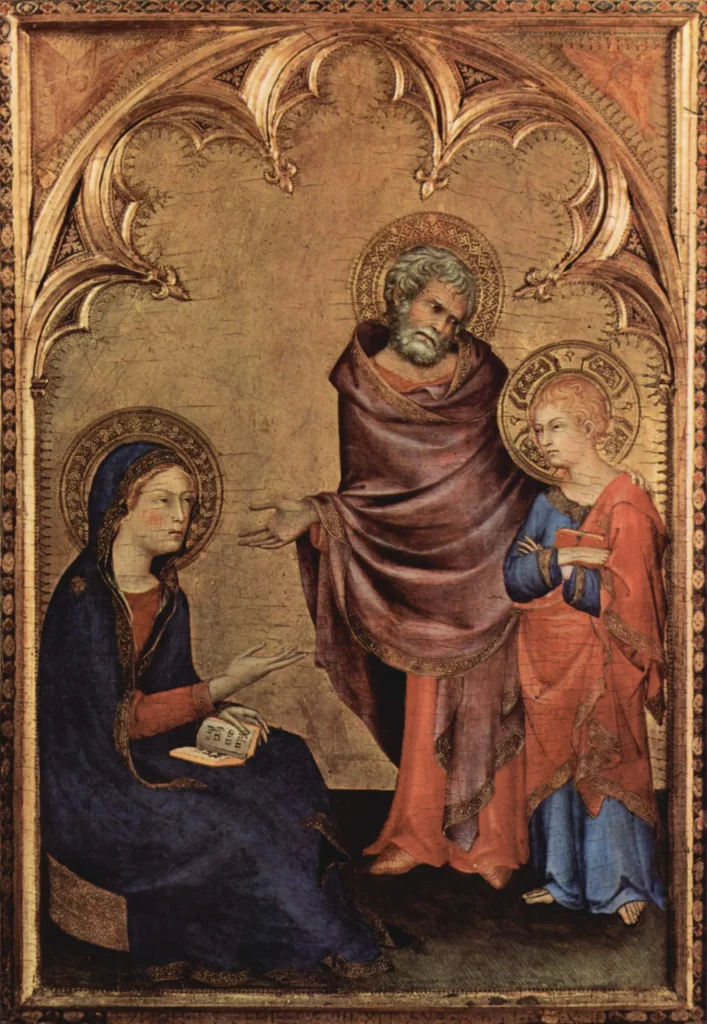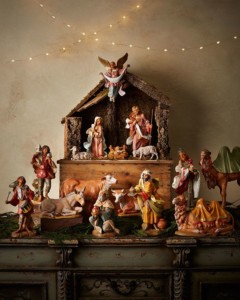Spring in Chicago has been unusually chilly this year, and this means that we are only now planting our garden. Last year, we made an effort to include more brothers in the work of cultivating our very small, urban plot. I am of the opinion that this kind of work is very important for monks, especially young monks. We are expecting one postulant in July, and I would very much like for him to be able to spend several hours a week weeding and watering the garden. Not only is it good, honest labor that puts one in touch with the solid realities of material creation, it is work that helps the monk to understand his most important work, the purification of his heart.
For our hearts are very much like gardens: capable of producing many good fruits, but, alas, often overgrown with all kinds of weeds! And our many resolutions to pull up these infestations often make things appear tidy for a short time. Soon enough, however, the stubborn tares spring right back up and start crowding out the wheat. A garden needs tending everyday, and so do our hearts.
Jesus has sown His Word in the soil of our innermost being. Will we cooperate with him each day to keep the yield from being choked by thorns? That is the drama of our lives.

